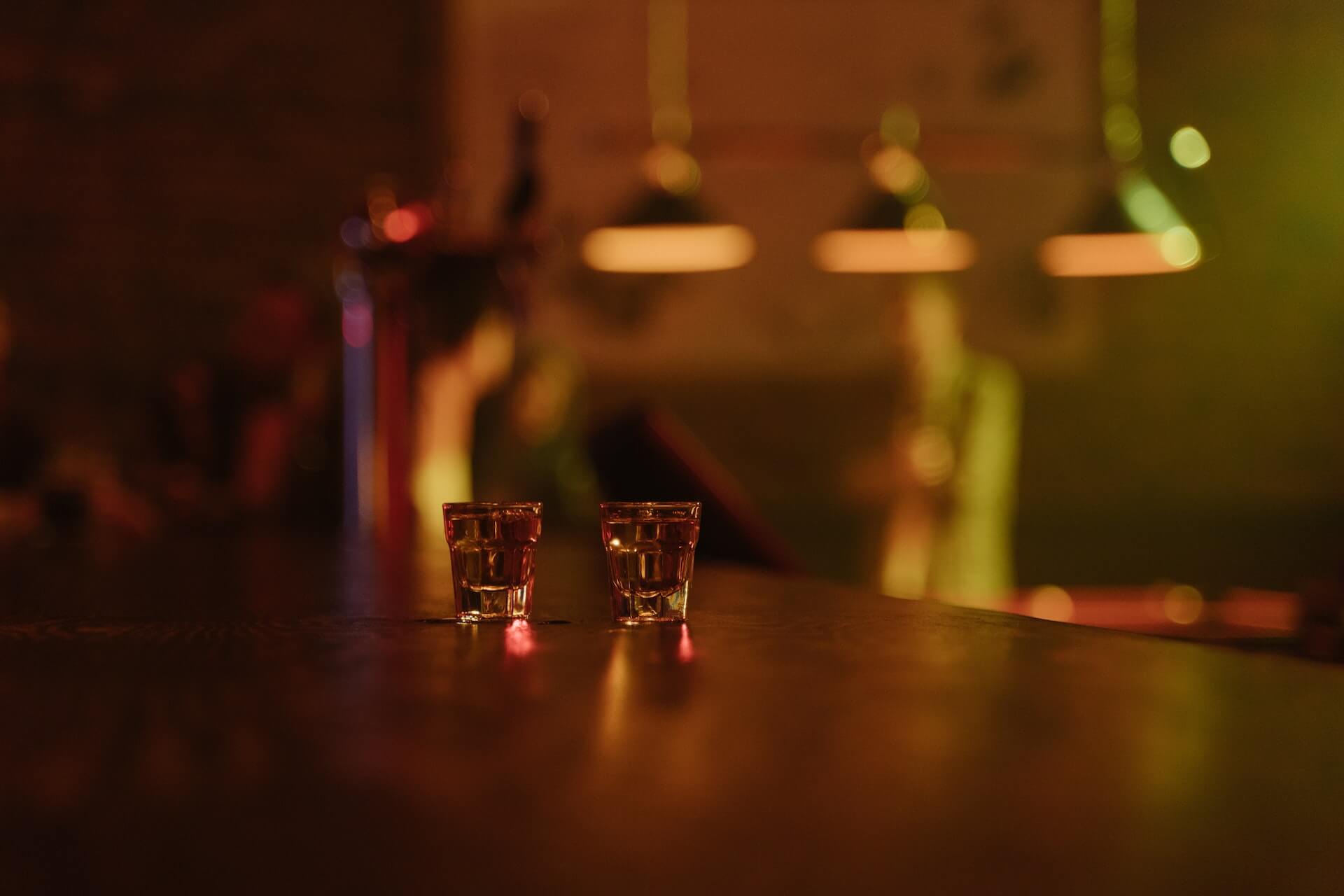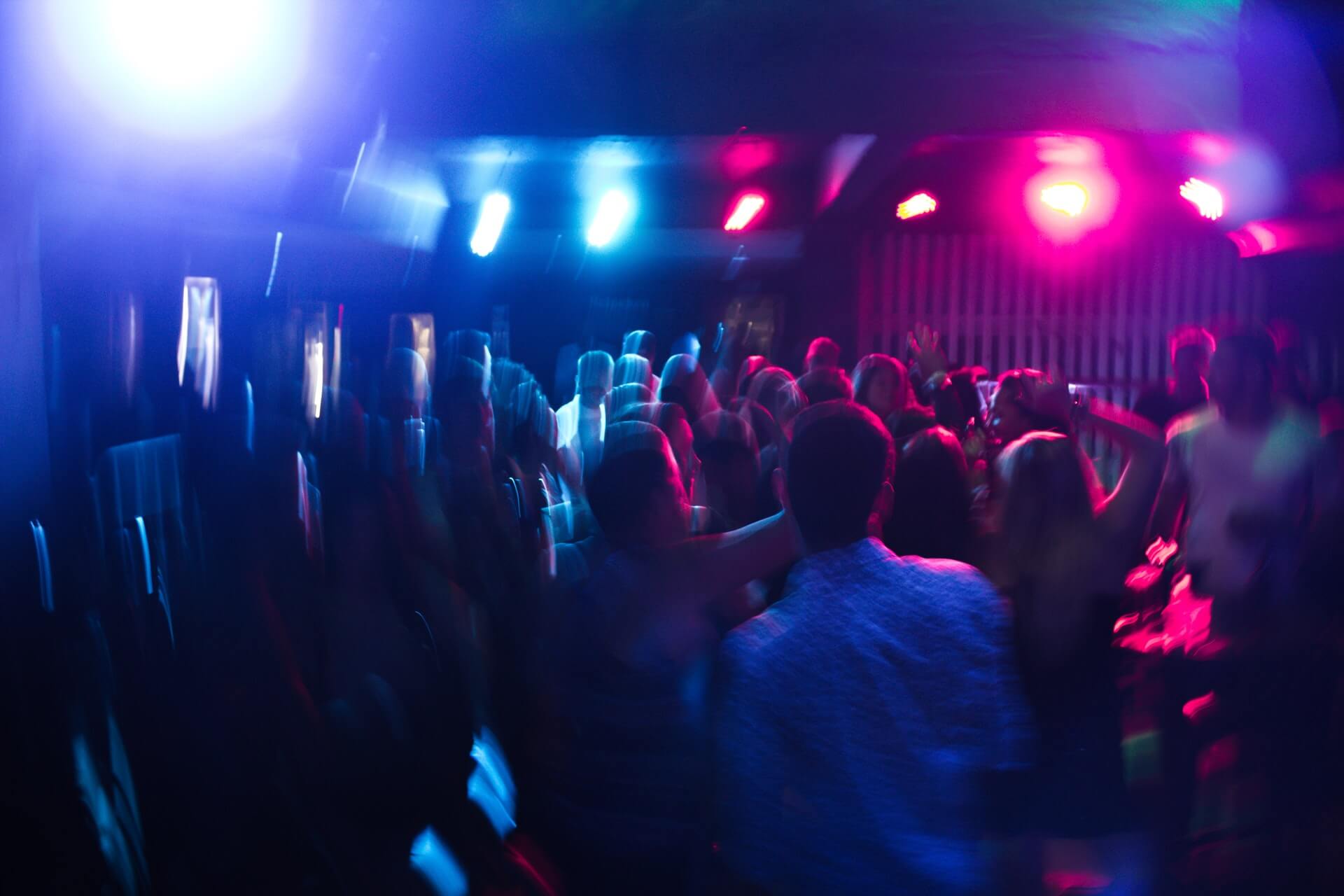Restaurant Business Articles Address Substance Abuse
by David Klemt

Two revealing Restaurant Business articles paint a startling picture of the industry’s struggles with drug and alcohol abuse.
Unfortunately, the subject of substance abuse in restaurants and bars isn’t new. This has long been a pervasive, prevalent issue in the hospitality industry.
There are, as Restaurant Business authors point out, several reasons our industry continues to grapple with substance abuse.
Since we’re nearing Sober October, this topic’s importance seems particularly poignant. Of course, the health of hospitality industry professionals should always be a paramount operator concern every day. It shouldn’t take a specific month for us to address this issue, just to forget about it after 31 days of consideration.
Hospitality workers should feel supported by the business owners and operators for whom they work. Additionally, they should feel safe among the leadership team and their fellow team members. In part, this feeling of security and safety should manifest in being comfortable speaking about substance abuse in the workplace.
A significant element of creating a supportive, safe, and healthy culture is removing the stigma of struggling with substance abuse that persists today. How can operators, leadership, and team members help one another if they make peers feel shame for struggling with drugs or alcohol?
A crucial step toward addressing the issue of substance abuse is fostering a culture of respect, support, and safety. If anyone in any role—from ownership and leadership to front of house and back of house—feels as though they can’t speak with someone safely about their struggles, we can’t address this topic effectively. And if we can’t address it in a meaningful way, we can never effect real change that can improve and save lives.
Pervasive Struggles
A Restaurant Business article from last week addresses substance abuse and culture. “How Restaurants Feed a Culture of Substance Abuse” reveals disturbing statistics.
At the start of their article, editors Peter Romeo, Heather Lalley and Joe Guszkowski share a horrific story. In February of this year, Colorado law enforcement found six adults and a toddler in an apartment. The six adults had all overdosed on fentanyl-laced cocaine; five had died. All six adults worked in chain or independent restaurants.
Four years ago, Delaware officials investigated the state’s opioid crisis. They found 10 percent of Delaware residents who died due to opioid overdoses were foodservice workers. According to Restaurant Business, state officials concluded that foodservice experienced a higher rate of opioid deaths than any other industry.
Among the most-shocking revelations in the Restaurant Business article pertains to the US workforce as a whole. Frustratingly, the US government hasn’t researched illicit drug use in the workforce since 2015. So, for all we know, the numbers I’m about to share have either increased or decreased.
In a typical month in 2015, 8.6 percent of the US workforce was using illicit drugs. However, that number pales in comparison to the rate of illicit drug use among restaurant and hotel workers: 19.1 percent.
Examining Substance Use Disease (SUD), a term encompassing drug and alcohol abuse, the numbers expose the weight of our industry’s struggle. In 2015, 9.5 percent of the US workforce suffered from SUD. For restaurants and hotels? That number was nearly double: 16.9 percent, higher than any other industry.
Fentanyl Deaths
Restaurant Business Editor-in-Chief Jonathan Maze reveals how “restaurants are ground zero” for fentanyl overdoses.
Fentanyl is cheap to produce and transport. It doesn’t take much to be deadly. And most people who have the misfortune of consuming it do so unwittingly. As it turns out, drug dealers lace all manner of other drugs with it because it’s so powerful. So, cutting drugs with fentanyl is more “cost effective” for drug dealers.
This particular excerpt from Maze’s “As Fentanyl Deaths Soar, Restaurants Are Ground Zero” is startling: “Throughout the country, restaurants and bars are such common places for overdose deaths among customers that advocates are training bartenders and servers to administer Narcan, a medication used to treat opioid overdoses. They are also becoming sources for fentanyl test strips so customers can see if the drugs they’re taking are laced with the powerful drug.”
Further, this troubling excerpt: “The fentanyl epidemic is particularly troublesome in the restaurant industry given the generally high rate of drug use among workers. Restaurant work is notoriously intense. The hours are long and late, and employees are on their feet all day. They often get hurt on the job and can turn to painkillers, legal or otherwise.”
When I say that we need to address substance abuse in our industry to save lives, I’m not employing hyperbole. I mean it quite literally.
Please take the time to read these two Restaurant Business articles in their entirety. We need to take action today.

